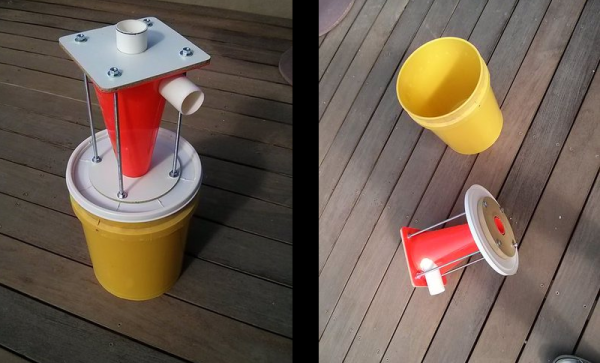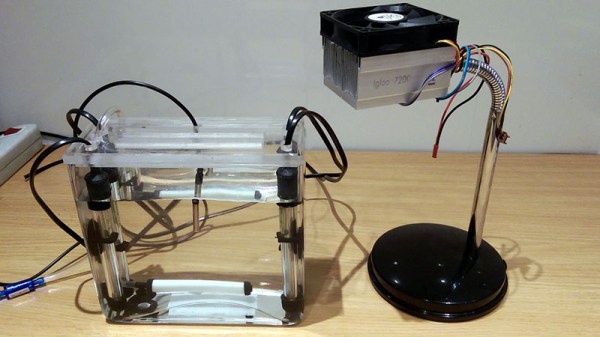[Elton] wrote in to tell us about a little excitement they had after this year’s ridiculous winter. Their pool froze and as luck would have it, crumpled the edge of the liner. They asked around and their pool company said they’d better involve their insurance company because it would not be easy to repair — so they decided to try fixing it themselves.
Now since the pool liner is a fairly heavy gauge sheet metal, they wouldn’t be able to simply hammer it back into shape — so they started brainstorming ways to make their very own hydraulic clamp. What they came up with is a very clever application of physics. And all it cost was about $2 in hardware plus some scrap lumber and a bottle jack they had lying around.
Some of their first ideas included a scissor style clamp, and even a monkey wrench-like vice, but in the end, the following design was chosen — and worked.
Ideally the hydraulic jack would be farther from the fulcrum, but since it’s rated for 2 tons it ended up being more than strong enough. To avoid scratching the liner, they also threw some socks on the end of the lumber. Still rather unwieldy, it was a two person job to pop it out. But once they got the major dents out, they were able to use a rubber mallet to finish the job off. Hooray for fluid power!
If you’re looking for the link, there isn’t one. [Elton] sent us his pictures and told us the story directly.

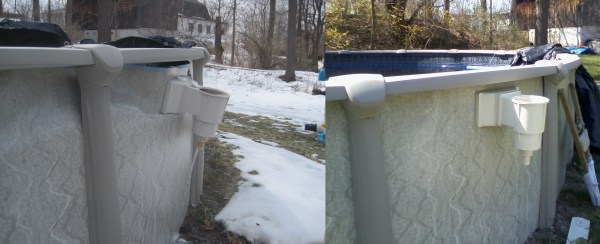
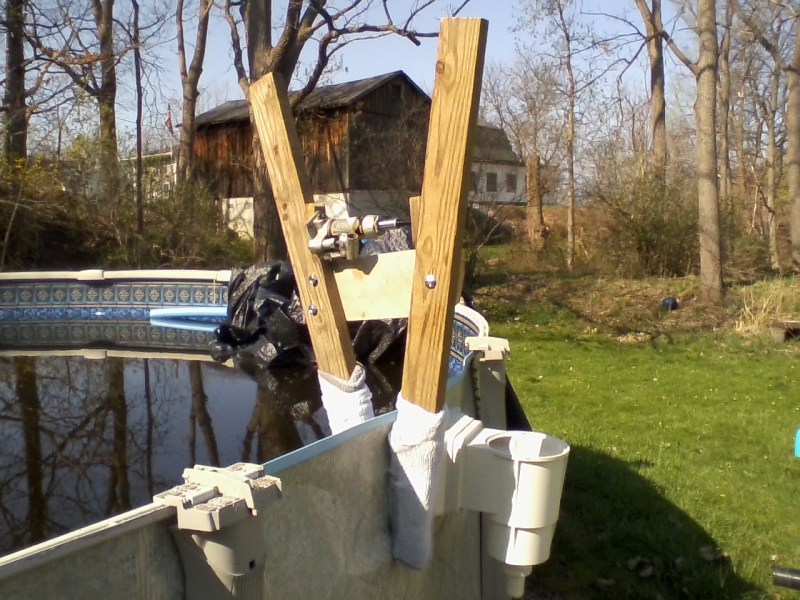
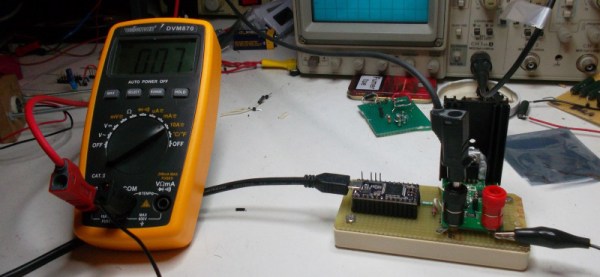
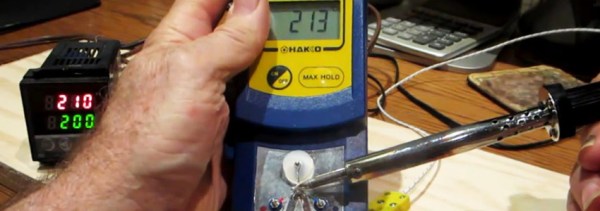
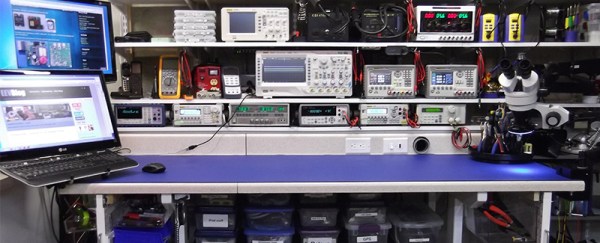
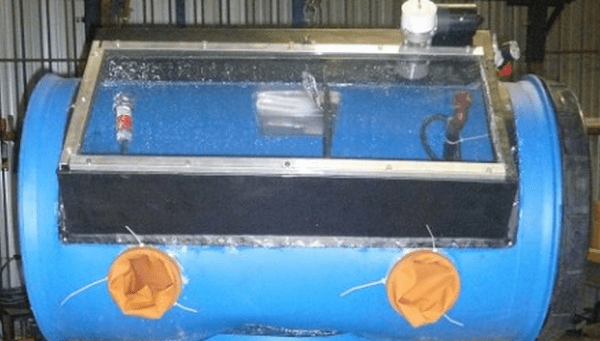
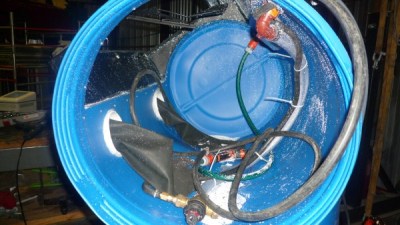 As you can clearly see from the image, the main blasting chamber is made from a 55 gallon plastic drum. It even has a removable lid on one side to make loading in parts easy. A large hole was cut into the drum in order to install a window. Look close – there is even a wind shield wiper from a car installed on the inside of the window to aid in seeing the part being cleaned!
As you can clearly see from the image, the main blasting chamber is made from a 55 gallon plastic drum. It even has a removable lid on one side to make loading in parts easy. A large hole was cut into the drum in order to install a window. Look close – there is even a wind shield wiper from a car installed on the inside of the window to aid in seeing the part being cleaned!